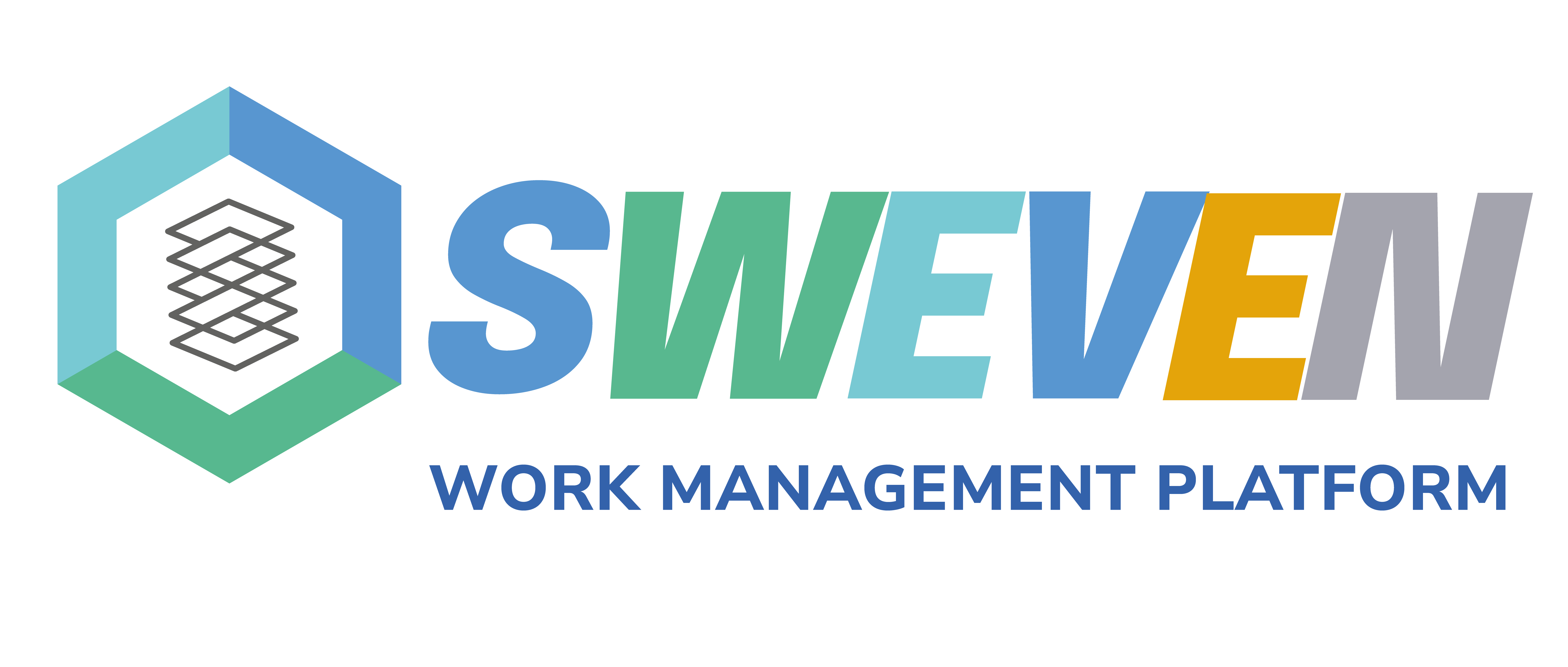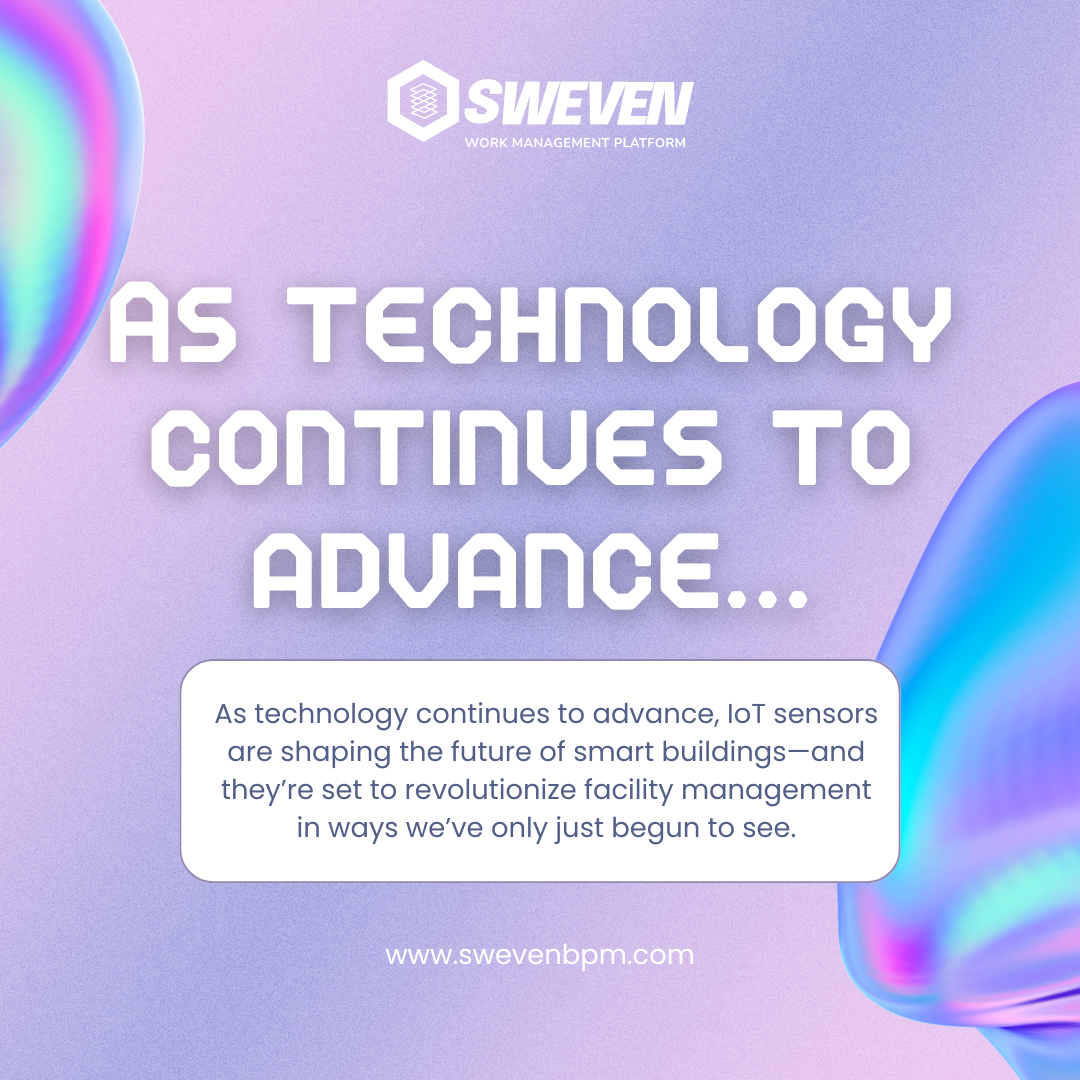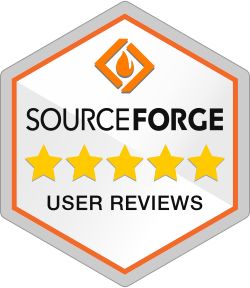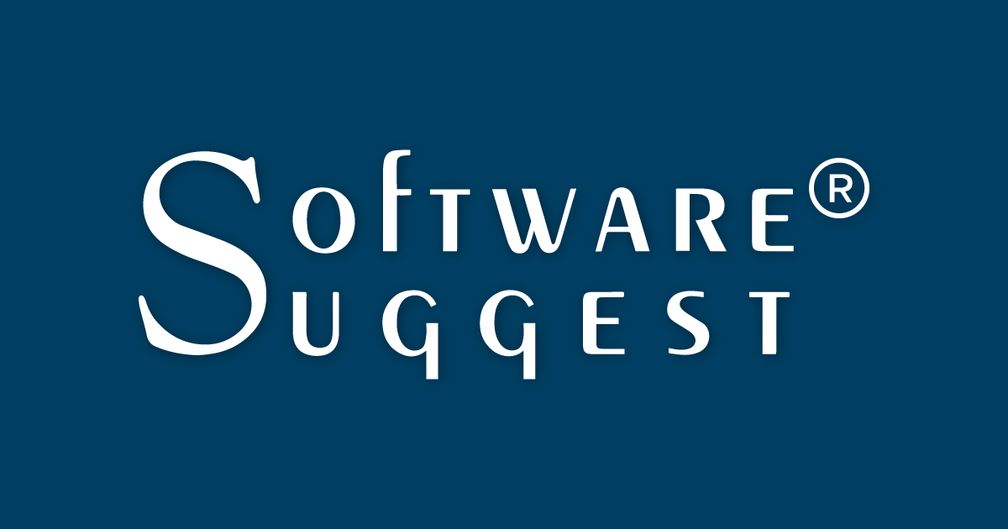
In the realm of facilities maintenance, embracing smart building technologies has become pivotal for driving efficiency, reducing costs, and enhancing overall operational effectiveness. However, the slow adoption of these technologies often results in missed opportunities. Sweven recognizes the transformative potential of smart building systems, such as automated HVAC and lighting controls, to optimize energy use, streamline maintenance schedules, and ultimately elevate operational efficiency.
Pain Point: Slow Adoption of Smart Technologies
The reluctance or delay in adopting smart building technologies can lead to several missed opportunities:
- Inefficient Energy Consumption: Traditional systems may not adjust energy use in response to occupancy or environmental changes, leading to unnecessary costs and environmental impact.
- Manual Maintenance Processes: Without automation, maintenance tasks may be performed reactively rather than proactively, increasing downtime and operational disruptions.
Limited Operational Insights: Lack of real-time data and analytics hinders informed decision-making and prevents optimization of resources and workflows.

Solution: Investing in Smart Building Systems
Sweven addresses these challenges by advocating for the adoption of smart building technologies and highlighting their transformative benefits:
- Automated HVAC and Lighting Controls: Sweven encourages the implementation of automated HVAC and lighting controls that adjust settings based on occupancy, environmental conditions, and predefined schedules. These smart systems optimize energy use, reduce utility costs, and prolong the lifespan of equipment through efficient operation.
- Predictive Maintenance: Smart building technologies enable predictive maintenance practices by continuously monitoring equipment performance and detecting anomalies in real time. By preemptively addressing potential issues, facilities can minimize downtime, extend asset lifespans, and reduce maintenance costs.
- Enhanced Operational Efficiency: By integrating smart building systems with Sweven’s platform, facilities managers gain centralized control and visibility over operations. Real-time data analytics provide insights into energy consumption patterns, equipment performance, and occupancy trends, enabling informed decision-making and proactive management.
- Cost Savings and Sustainability: The adoption of smart technologies not only improves operational efficiency but also supports sustainability initiatives. Reduced energy consumption and optimized maintenance practices contribute to lower operational costs and environmental impact, aligning with corporate sustainability goals.

Conclusion
Smart building technologies represent a transformative opportunity for facilities maintenance, offering enhanced efficiency, reduced costs, and improved sustainability. Sweven advocates for the adoption of automated HVAC and lighting controls, predictive maintenance practices, and centralized management solutions to unlock these benefits. By investing in smart building systems, organizations can optimize energy use, streamline maintenance workflows, and gain actionable insights that drive continuous improvement. Sweven stands at the forefront of leveraging smart technologies to redefine facilities maintenance, ensuring that organizations maximize efficiency and embrace the future of building management.

























